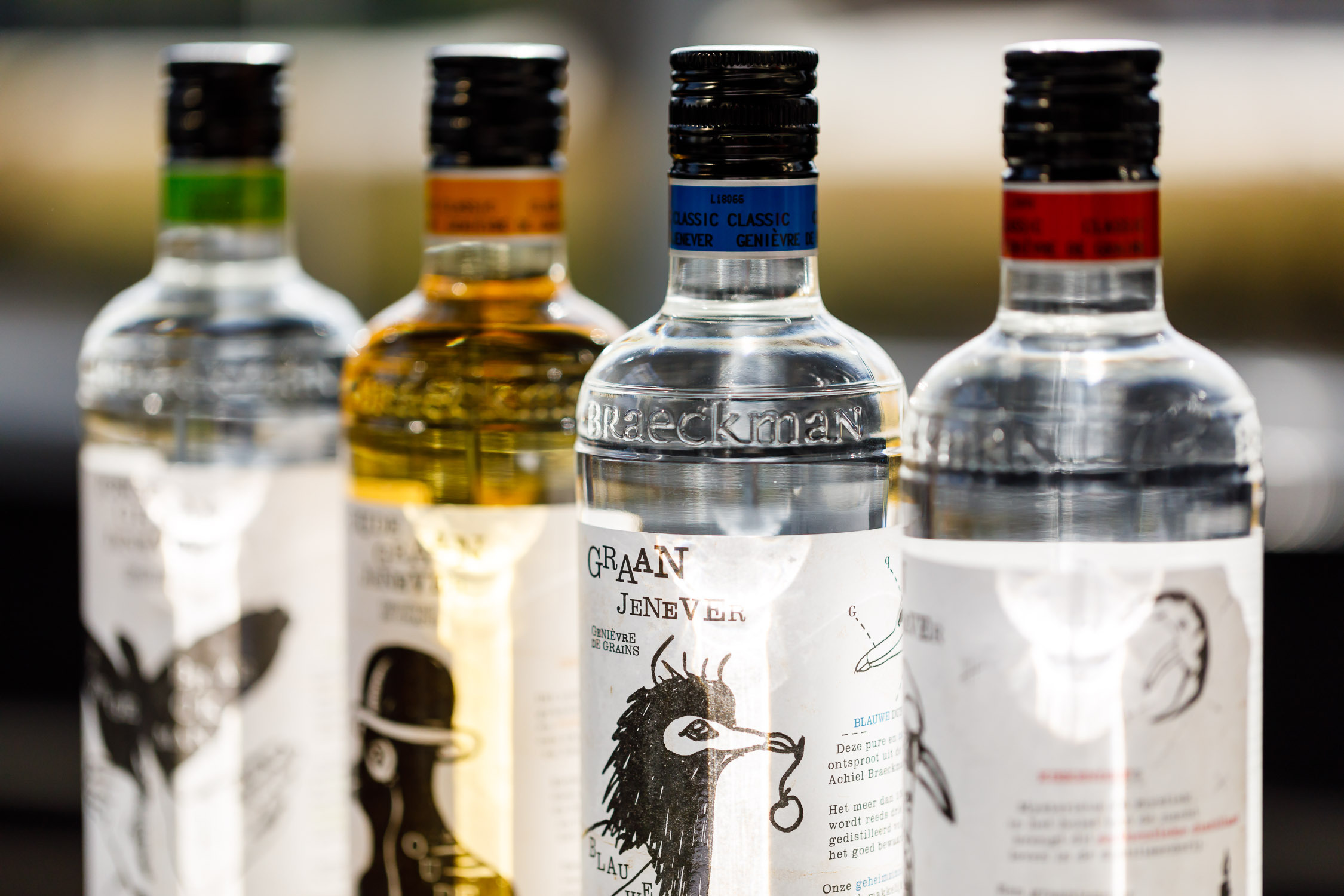What is the difference between young and old genever?

The difference between a young (=jonge) and an old (=oude) genever has nothing to do with the maturation of the product. A young genever mainly differs in production method and in taste from an old genever.
An old genever refers to the old production method and consists a great amount of malt wine. A young genever refers to the usage of neutral (grain) alcohol. In the beginning of the 19th century a new distillation method with a column, made distilling to 96% ABV possible. Consequently there was no grain taste left in the grain distillate. A young genever does not differ in age but in taste and composition to an old genever.
Malt wine is distilled to maximum 80% ABV, thus contains a lot of grain taste. An old genever will always hold a fuller grain taste than a young genever.
Besides malt wine, genever consists of an herbal distillate comparable to gin. The main ingredient of the herbal distillate are juniper berries. The juniper berries refer to the name genever. (“jeneverbes” = juniper berries in Dutch)
These are the definitions
Grain genever:
the name can be used when the alcohol in the product comes from grains. Braeckman only produce grain genever.
Young grain genever:
- All alcohol comes from grains
- Minimum 1,5% and maximum 15% malt wine
- colourless and transparent
- Minimum 35% ABV
Jonge Braeckman is our young genever
Old grain genever:
- All alcohol comes from grains
- Minimum 15% malt wine
- Golden colour
- Minimum 38% ABV
Oude Braeckman is an old genever. The golden colour is received by maturing our malt wine for 6 years on American oak casks.
Korenwijn:
- All alcohol comes from grains
- Minimum 51% malt wine
- Golden colour
- Minimum 38% ABV
